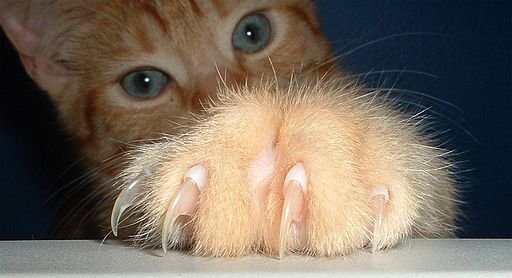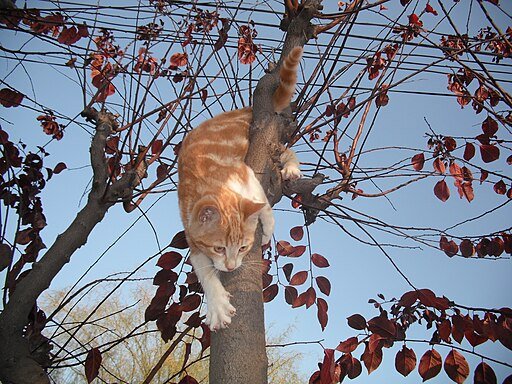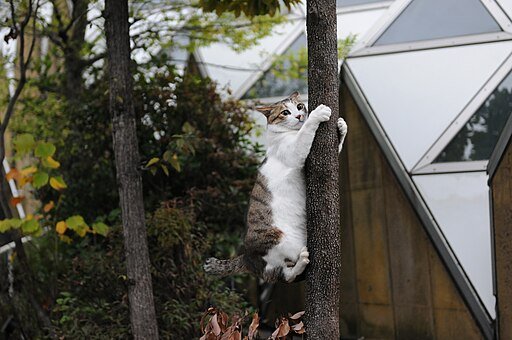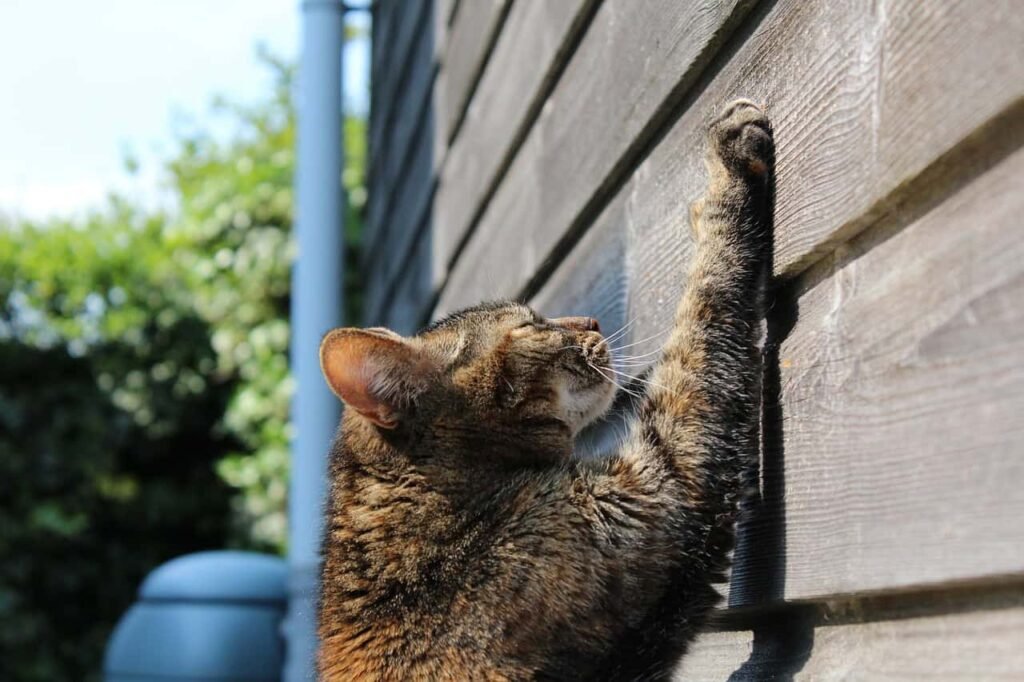Cats have a long history that traces back to their wild ancestors, who lived in diverse environments ranging from dense forests to arid deserts. Evolutionarily, many feline species adapted to life in trees, a skill primarily used for hunting, resting, and escaping predators. This natural inclination towards climbing has been inherited by domestic cats, making heights an integral part of their behavior even in modern, indoor settings.
Physical Adaptations for Climbing

Several physical features make cats excellent climbers. Their retractable claws allow them to grip surfaces like tree bark or fabric-covered furniture easily. Powerful, muscular hind legs provide the necessary propulsion for jumping and climbing, while their tails act as a counterbalance to maintain stability. Additionally, the flexible spine of a cat enhances its agility, allowing for quick and nimble movements both upwards and downwards.
The Role of Vision in Navigating Heights

Cats possess exceptional vision, particularly in low light conditions. This enhanced visual capability helps them accurately judge distances and heights, a crucial skill when navigating their three-dimensional environments. Their sharp eyesight enables them to evaluate potential perches for security and strategic advantage, making high places appealing vantage points.
Height as a Security Strategy

Height provides cats with a sense of safety and security. Elevated positions allow them to survey their surroundings for potential threats. From a high perch, a cat can observe everything happening in its environment, reducing the likelihood of being caught off-guard. This instinctual behavior stems from their wild ancestors, who needed to stay alert to survive.
Hunting Instincts and Height

In the wild, many feline species use elevated positions for stalking prey. Heights offer a strategic advantage, giving cats the ability to watch and assess prey while remaining hidden. Although domestic cats no longer need to hunt for survival, their instinctual drive remains, making heights a natural place for engaging in playful hunting behaviors with toys or imaginary prey.
Curiosity and Exploration

Cats are naturally curious creatures, and heights provide a fascinating perspective of their world. Exploring elevated spaces allows them to investigate new areas and objects from a unique angle. This exploratory behavior is not only mentally stimulating but also satisfies their innate curiosity, offering an enriching experience in everyday life.
Social Dynamics and Territory

In multi-cat households, height can play a significant role in establishing social hierarchies. Elevated positions often become coveted spots that signify dominance or status. A cat occupying a high perch may be perceived as having a higher rank, while subordinate cats may respect these boundaries, thus reducing conflicts and maintaining social harmony.
Preference for Vertical Space in Home Environments

Understanding a cat’s preference for heights can enhance their living environment. Cat owners can create vertical spaces through cat trees, shelves, or window perches. These structures provide opportunities for exercise, play, and observation, contributing to a cat’s physical and mental well-being.
Safety Considerations for Height-Loving Cats

While cats are skilled climbers, pet owners should ensure their homes are cat-proofed to prevent accidents. Securing large furniture and providing safe climbing options can protect cats from injury. Additionally, monitoring windows and balconies is essential to prevent falls, especially in high-rise apartments.
Conclusion: Embracing Vertical Feline Habits

Cats’ fascination with heights is deeply rooted in their evolutionary history, physical adaptations, and psychological needs. By understanding these factors, pet owners can create environments that cater to their feline friends’ natural inclinations. Providing safe, vertical spaces not only enriches a cat’s life but also strengthens the bond between human and feline as they navigate a shared home environment.






